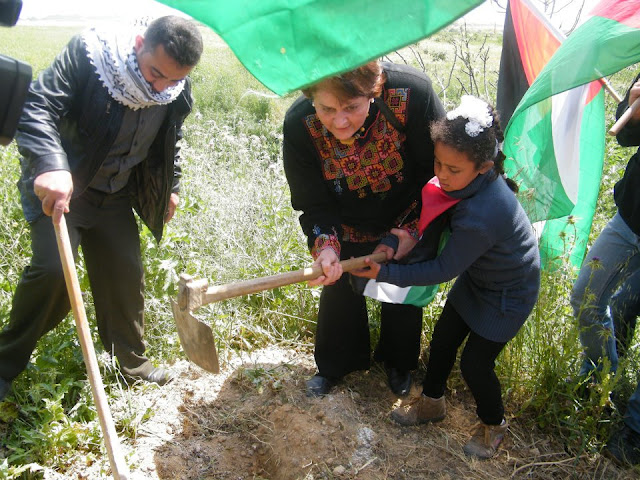Tag: Beit Hanoun
-
The march from Erez to the iron doors of Al Aqsa
by Nathan Stuckey 30 March 2012 | International Solidarity Movement, Gaza Sometimes, the more things change the more they stay the same. On March 30, 1976 during protests against the confiscation of Palestinian land, Israel killed six protesters, injured over one hundred and arrested hundreds more. This was the first Land Day. Every year for…
-
Beit Hanoun: Celebrating the land and culture of Palestine
by Nathan Stuckey 29 March 2012 | International Solidarity Movement, Gaza Today, Beit Hanoun celebrated Land Day. It is true that Land Day isn’t really until tomorrow, but tomorrow is the Global March to Jerusalem, tomorrow, God willing, Land Day can be celebrated on the land from which the refugees were expelled 64 years ago.…
-
Rachel Corrie & Hana Shalabi: Flowers among thistles of Israeli occupation
by Nathan Stuckey 21 March 2012 | International Solidarity Movement, Gaza Rachel Corrie was murdered nine years ago by an Israeli bulldozer. Hana Shalabi has spent the last 34 days on hunger strike an Israeli prison, yet she is accused of no crime. This was not the first time Hana has been held in Israeli…



